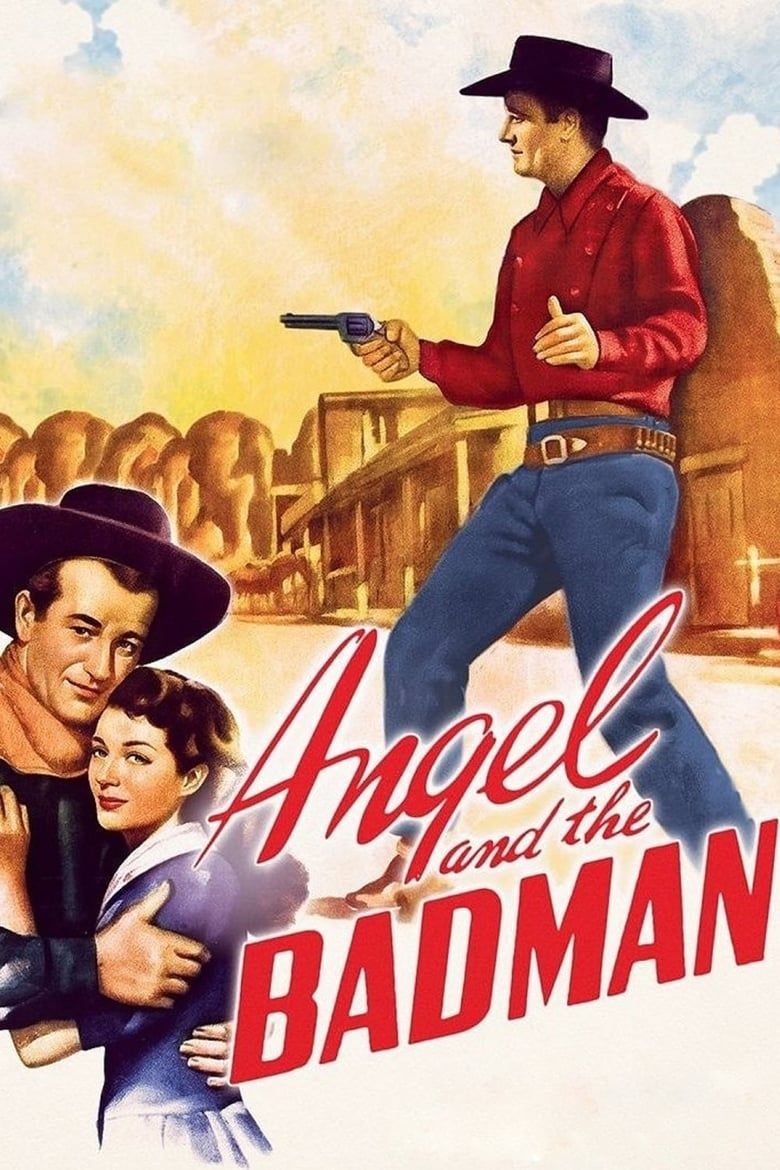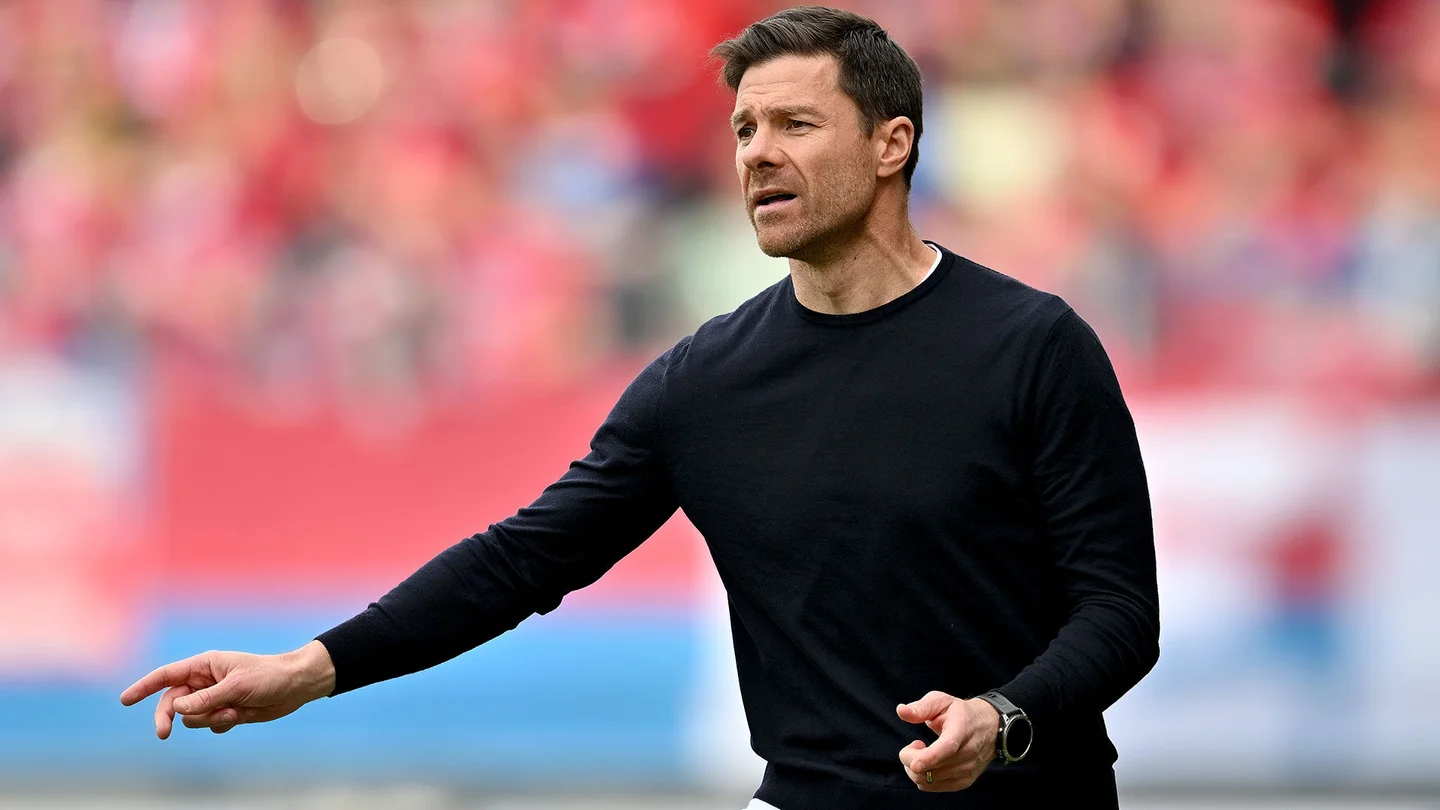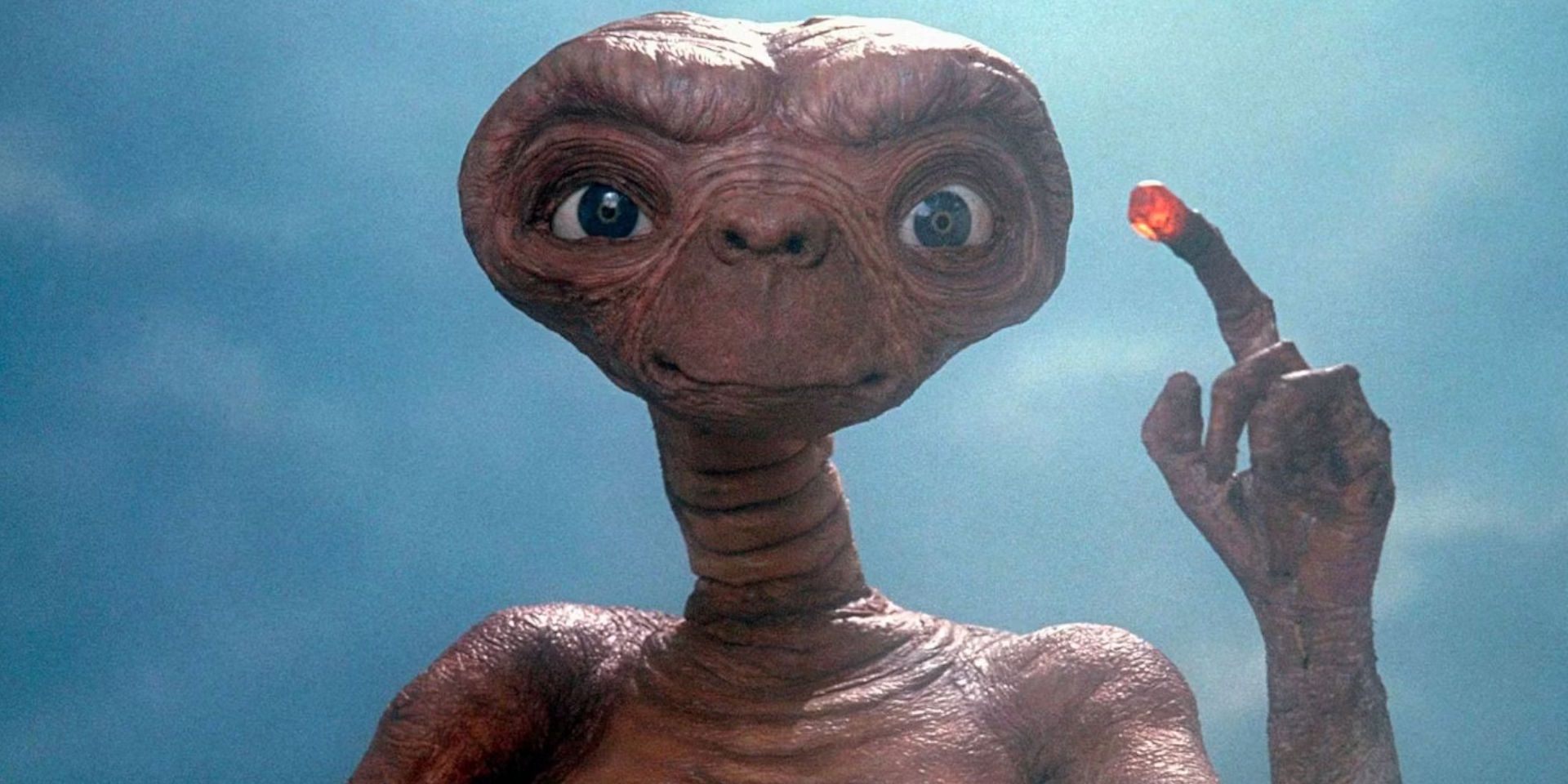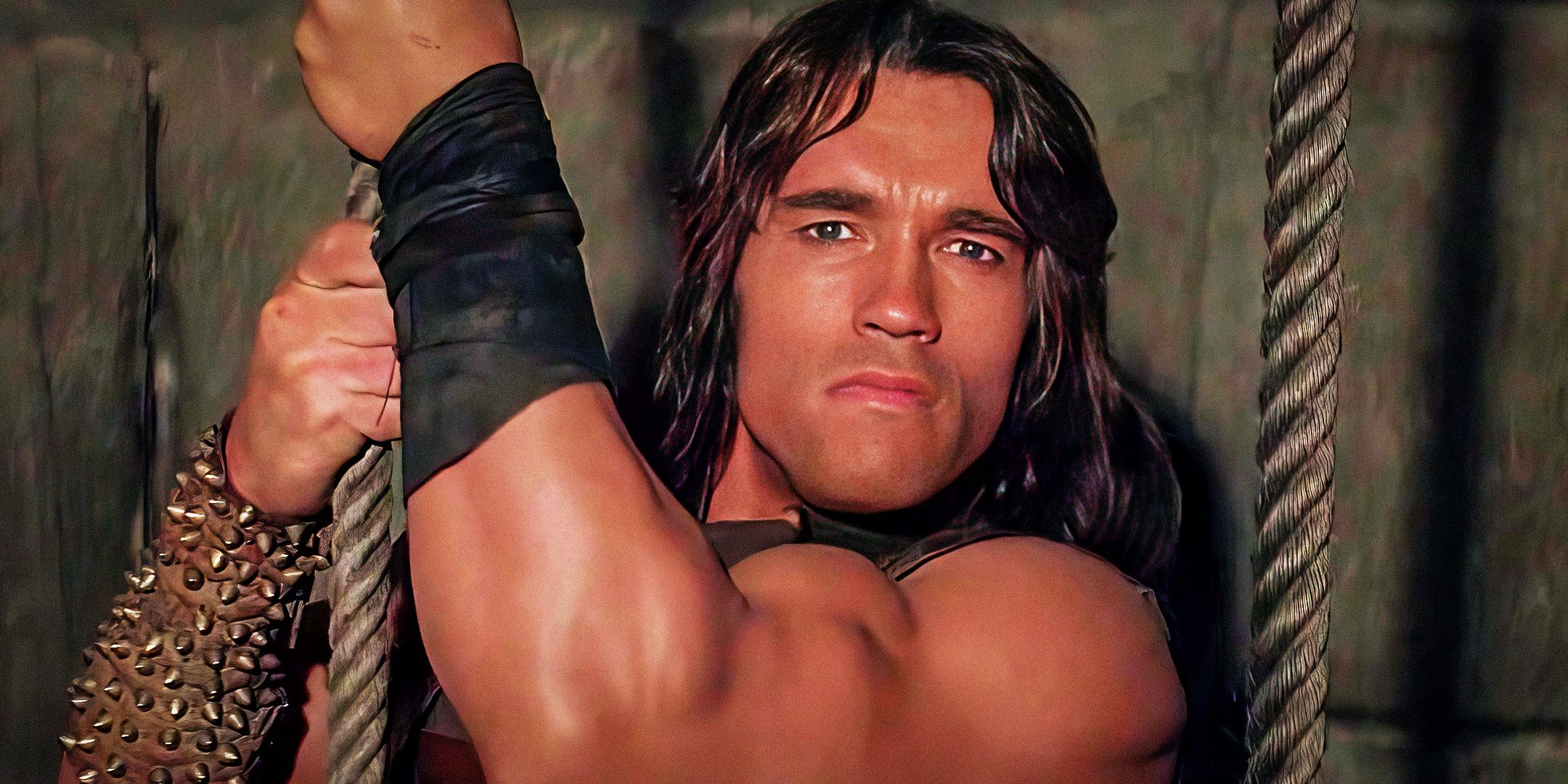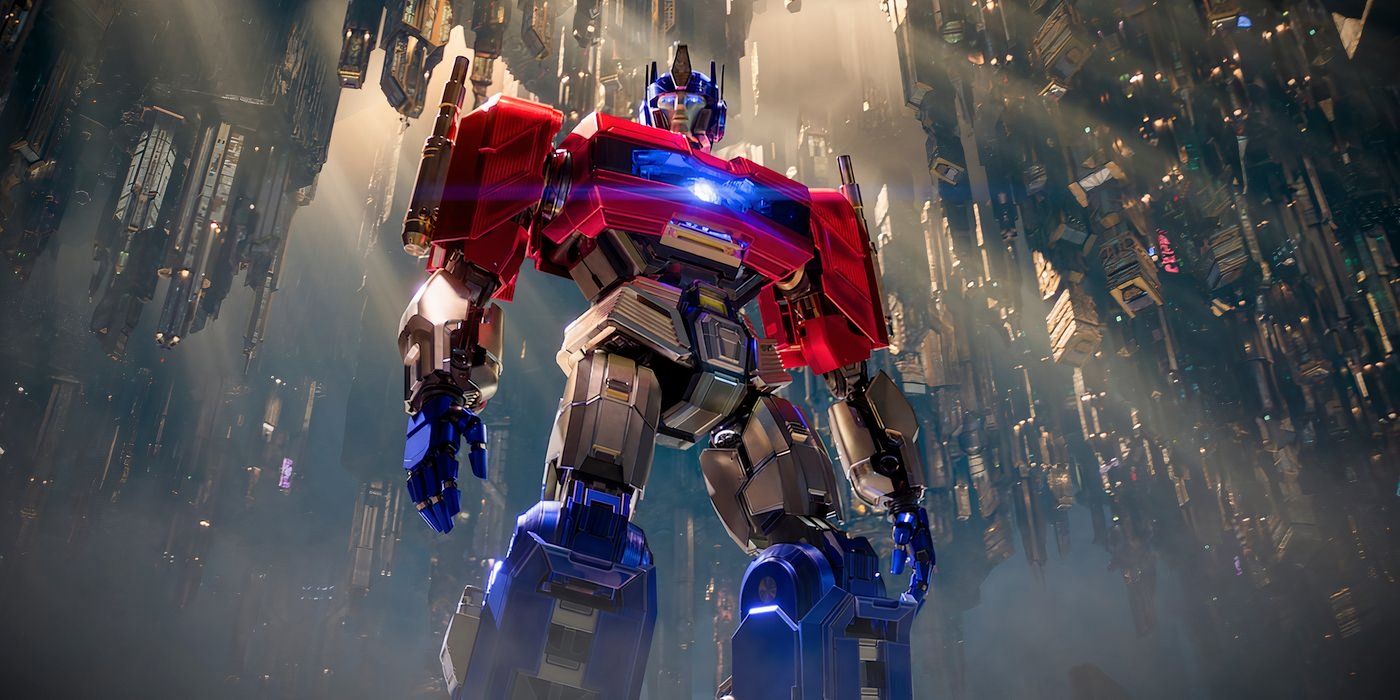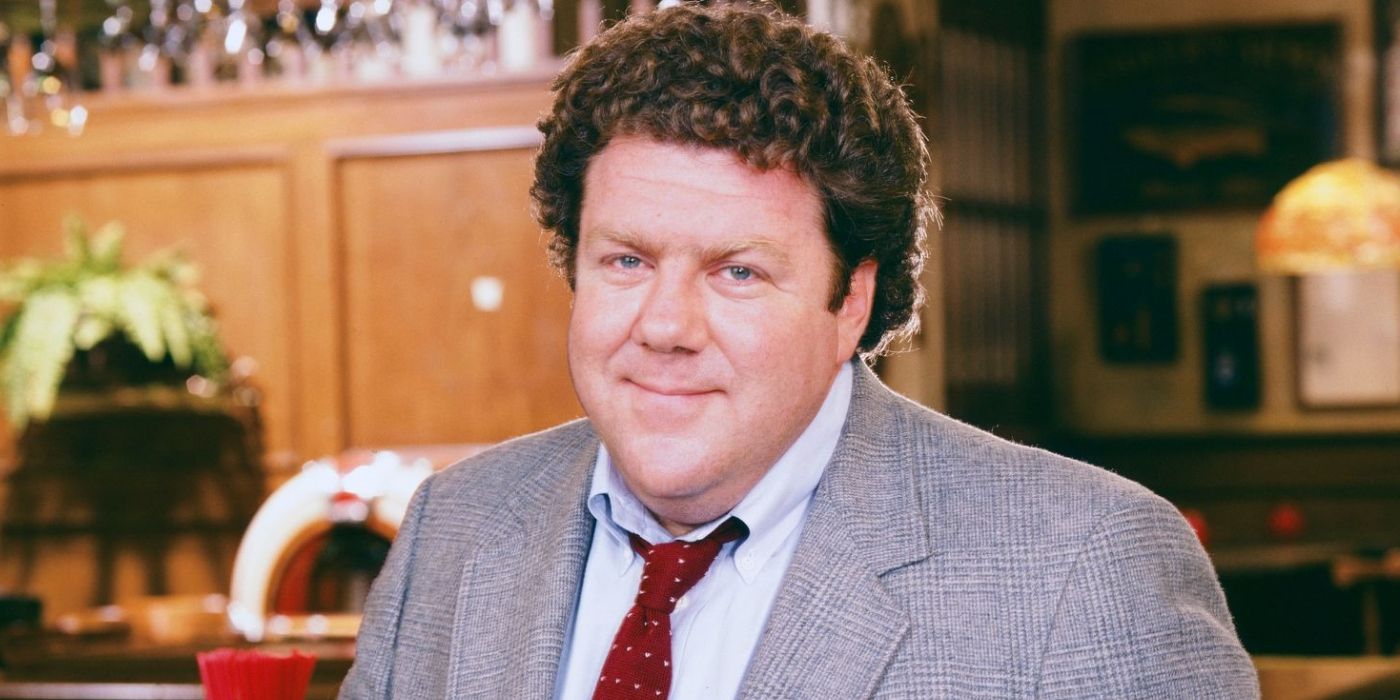starred in 83 Westerns over the course of his illustrious career, including all-time classics Stagecoach, Rio Bravo, The Searchers and The Man Who Shot Liberty Valance. It was only appropriate that, when The Duke finally won his first Oscar, it came for his performance in a Western, the original 1969 True Grit.
Then there are the relatively unknown and perhaps underrated Wayne Westerns, titles that don’t show up on lists of the greatest American movies, and that were never up for Academy Awards. A deep dive into the star’s filmography brings up some unappreciated gems: The Sons of Katie Elder. 3 Godfathers (lesser-known despite being directed by the legendary John Ford). Rooster Cogburn (the sequel to True Grit, co-starring Katharine Hepburn). Cahill U.S. Marshall. There’s one more unfairly neglected title among those 83 Wayne Westerns, .
was the first movie produced by Wayne via his company John Wayne Productions, and it’s a rather atypical film for the star. There’s plenty of the usual Western action, not to mention the classic Monument Valley scenery, but the story places an emphasis on character, and especially Wayne’s arc, which sees his gunfighter Quirt Evans falling for, and being morally influenced by, Gail Russell’s Penelope, a Quaker who nurses the gunman back to health after he’s shot (the plot is notably similar to that of 1985's Witness).
Angel and the Badman also stars Harry Carey, Bruce Cabot, Irene Rich and an uncredited Paul Fix (one of the few stars with more Westerns to his name than Wayne)
The first of many collaborations between Wayne and writer-director James Edward Grant, . Wayne frequently had good chemistry with his female co-stars, Maureen O’Hara being the best example, making him suited to romance. Angel and the Badman finds Wayne in a more thoughtful, tender mode than normal. The film effectively blends Western and romantic elements to create a stand-out work from the actor's post-Stagecoach period, when he was truly coming into his own as a Hollywood star.
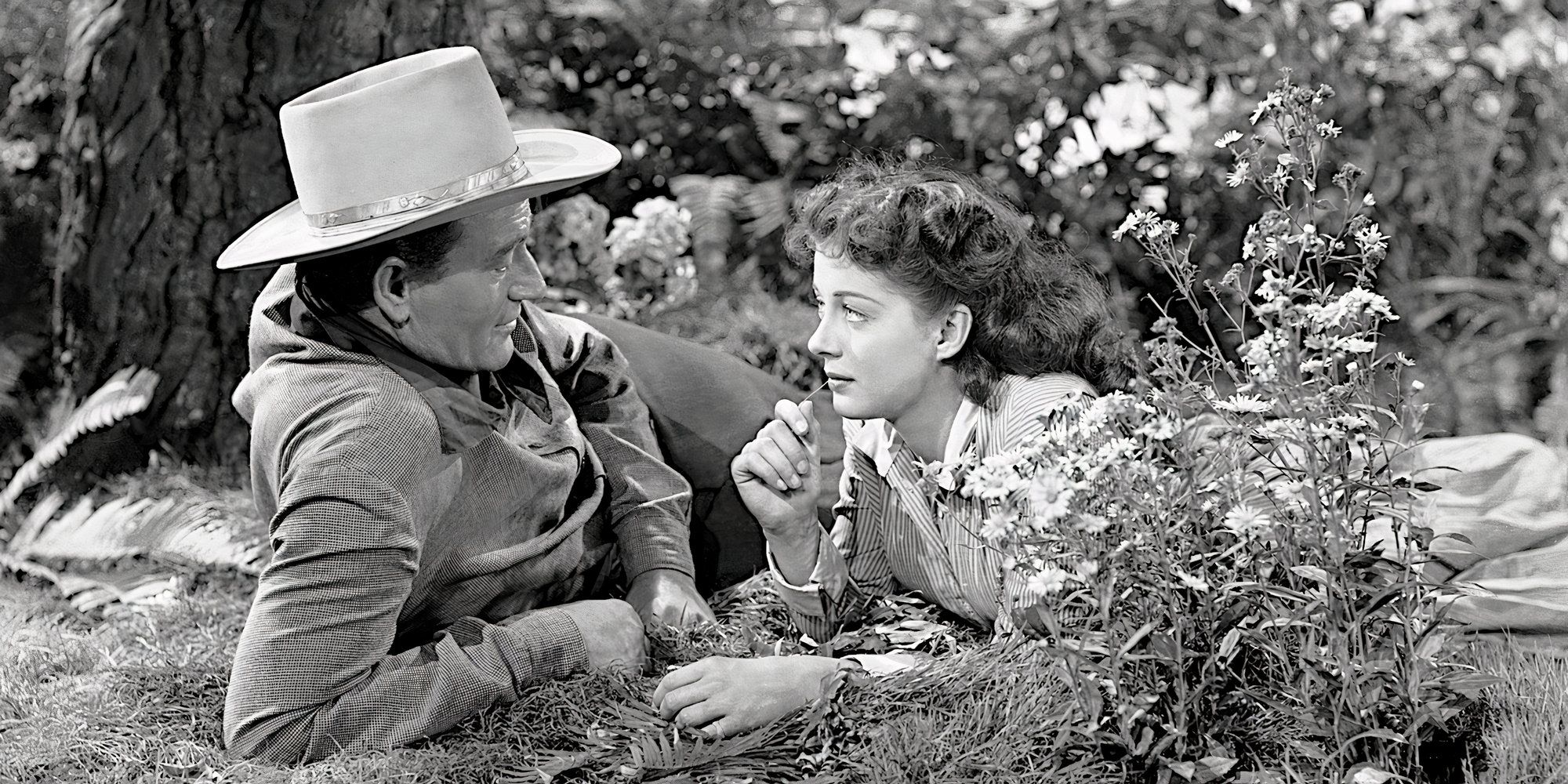
Wayne’s romantic 1947 Western entered the public domain in 1975, when the rights-holder National Telefilm Associates did not renew its copyright registration. Available without licensing due to its public domain status, .
| Where to Watch Angel and the Badman | Is it free? |
|---|---|
| Tubi | Free |
| Xumo Play | Free |
| Roku Channel | Free |
| Amazon Prime Video | Free |
| MGM+ | Subscription required |
| YouTube | Free on multiple public domain movie channels |
| Sling TV | Free |
| Fandango At Home | Free |
| Plex | Free |
| Philo | Subscription required |
| Apple TV+ | $3.99 |
| Pluto TV | Free |
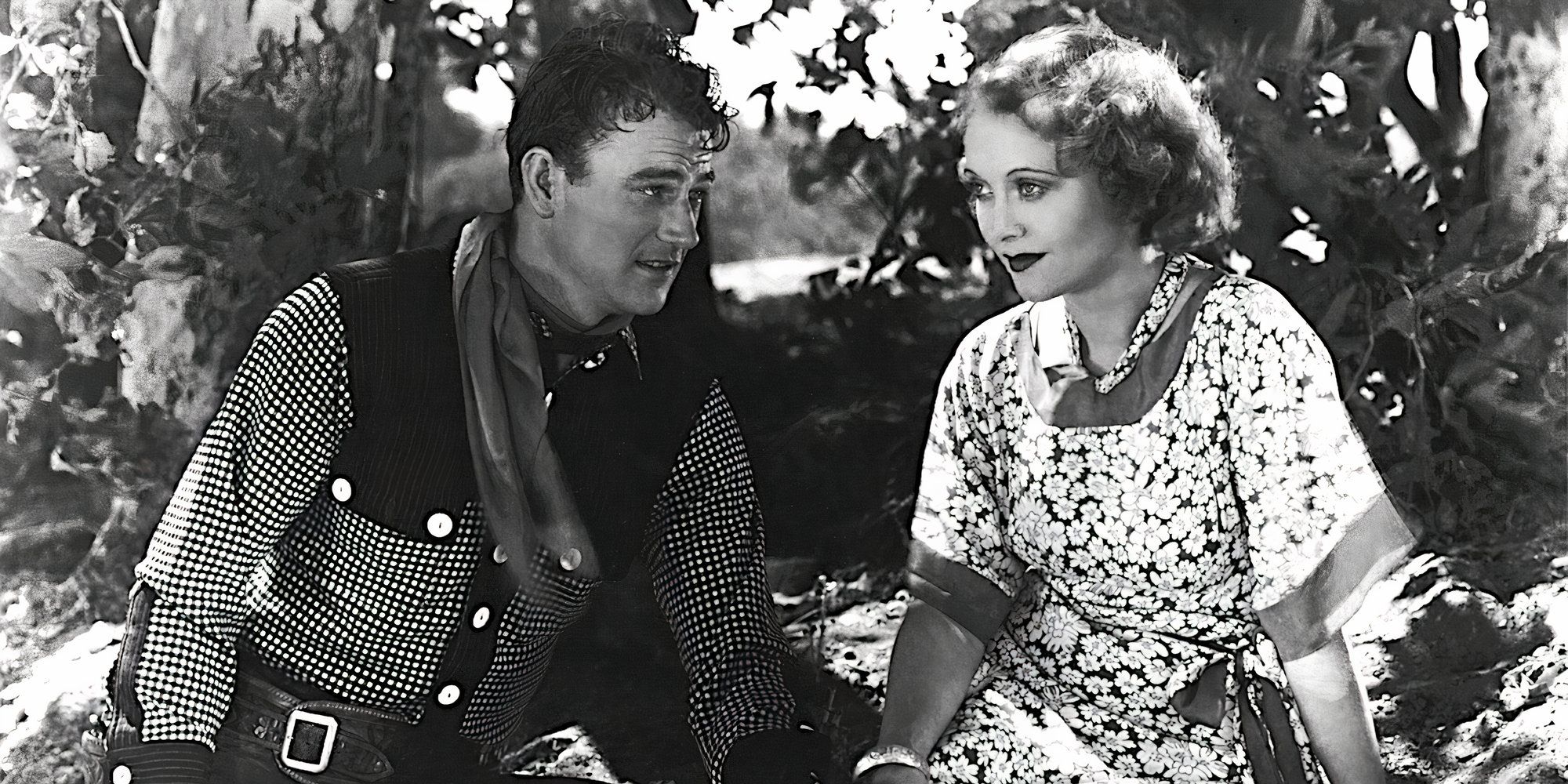
Several early Wayne films . These include such forgotten releases as 'Neath the Arizona Skies, West of the Divide, The Man From Utah, Blue Steel, and The Lucky Texan. Notable for its novelty value if nothing else, Riders of Destiny sees Wayne in a rare singing cowboy performance, playing the hilariously-named Singin’ Sandy Saunders. The Duke quickly reverted to traditional cowboy roles, leaving the singing to the likes of Gene Autry and Roy Rogers.
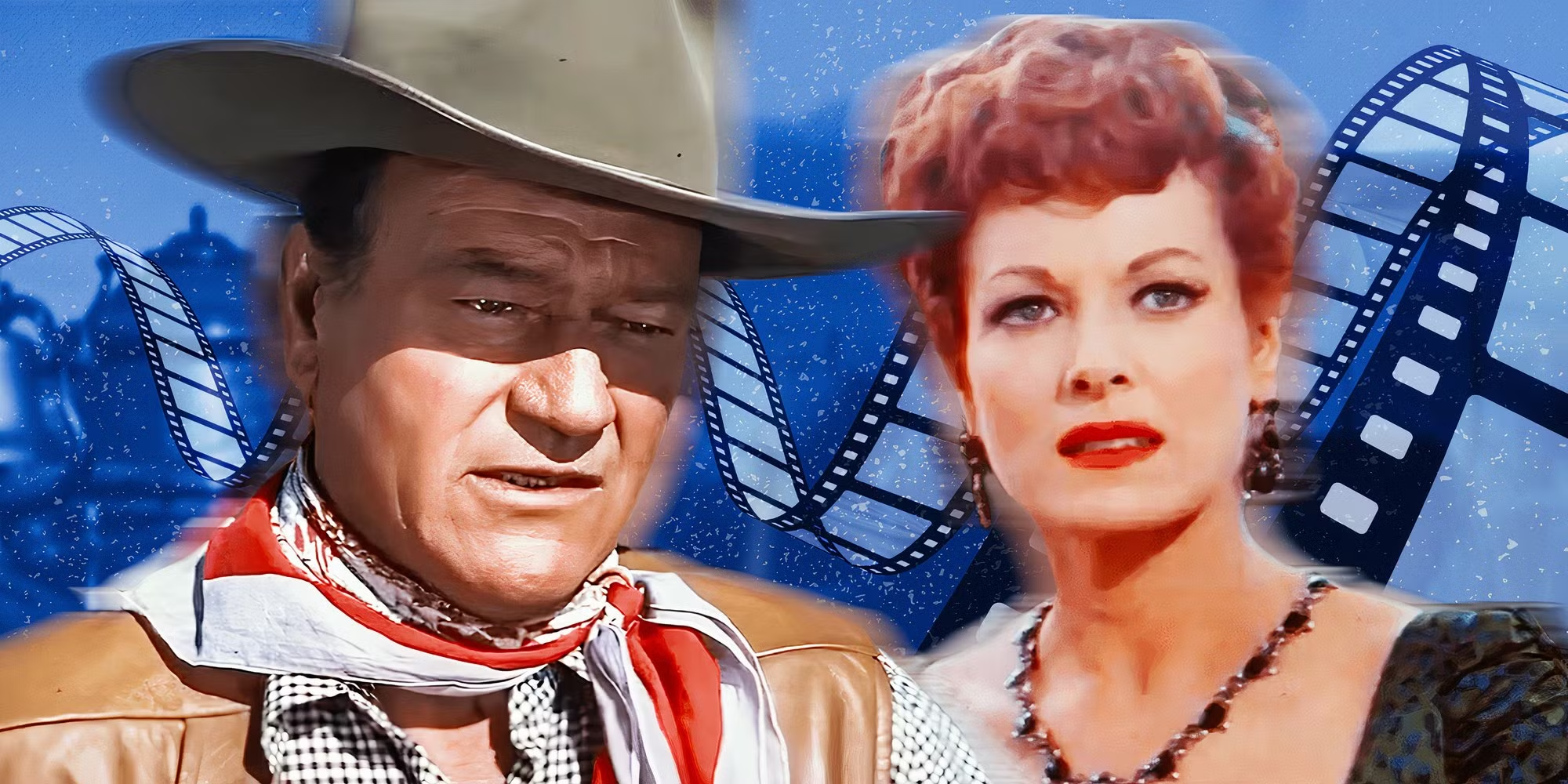
Related
John Wayne Showed Off His Funny Side In This Underrated Western Comedy With Maureen O'Hara You Can Watch On Streaming
John Wayne's movies usually cast him as a serious and straight-talking hero, but when he starred in McLintock!, he proved that he had a funny side.
1939’s Stagecoach was a major turning point in Wayne’s career. Before his starring role as the Ringo Kid in the Ford-directed Western, Wayne was just another cowboy actor churning out low-budget oaters like the ones listed above. Afterward, he was a major Hollywood star, making war movies, adventure films, and romances alongside a steady Western output.
The majority of Wayne’s best-known films are, understandably, still under copyright, making money for someone. The exception is 1963’s McClintock!, a solid Western comedy teaming Wayne with his Quiet Man co-star Maureen O’Hara. Directed by Andrew V. McLaglen, the film is spirited entertainment, but not quite as strong overall as .
